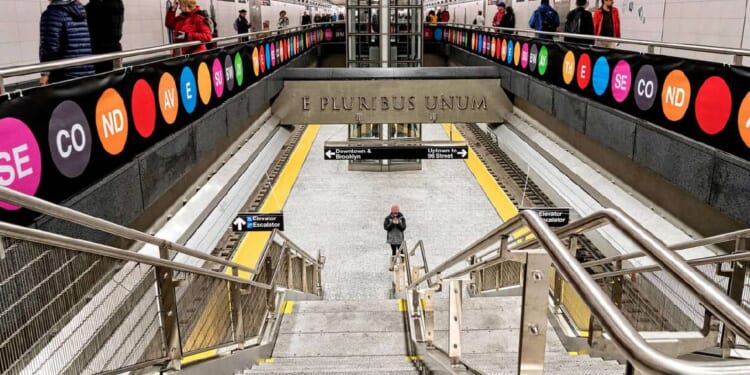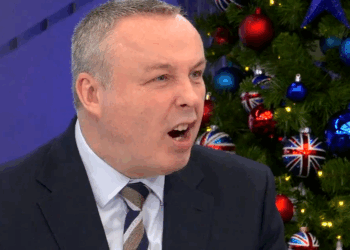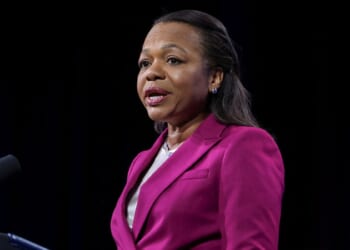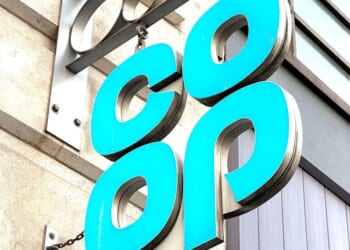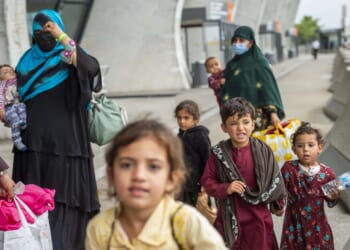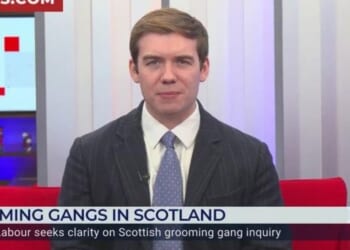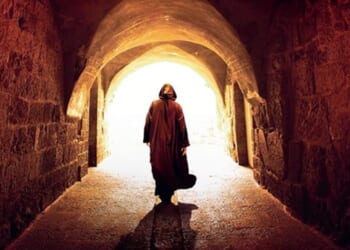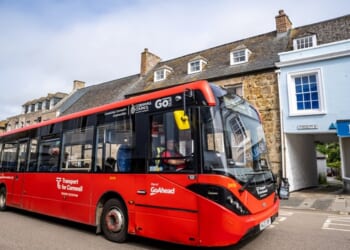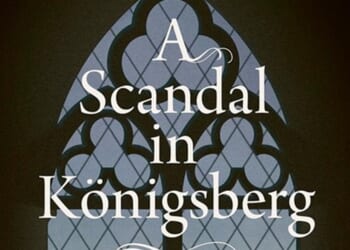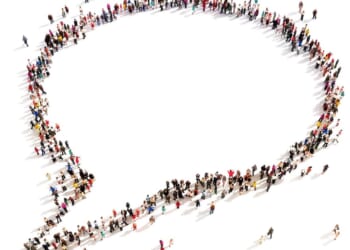In June, 33-year-old self-described democratic socialist Zohran Mamdani won New York City’s Democratic Party mayoral primary and is likely to become the next mayor of America’s largest city. His platform contains eye-popping proposals such as state-run grocery stores and a rent freeze, and Mamdani claims he can decrease costs for New Yorkers with fare-free buses.
Eliminating bus fares would be an expensive boondoggle, but it wouldn’t be the first time New York City greenlit expensive and inefficient public transportation projects.
A ticket on the New York City Ferry only costs $4.50, but the operating costs are around $13 per rider. Taxpayers pay roughly $9 for every rider. A 2022 report also found the city wasn’t ensuring the private company running the ferry was doing its job, which resulted in $66 million in unnecessary spending. The ferry, which makes stops around the five boroughs, can have a wait of up to an hour between boats. The ferries are slower, less convenient, and more expensive than the subway or bus.
The city already tried a pilot program of five free bus lines in 2023 and 2024. While ridership unsurprisingly increased, the program ultimately slowed bus speeds. If enacted, Mamdani’s plan would cost at least $600 million to $800 million. In a July Slate article, transportation writer David Zipper pointed out that this is an inefficient way to spend taxpayer dollars, especially since the Metropolitan Transportation Authority (MTA) buses are already the slowest in the nation. “Should Mamdani somehow cobble together the hundreds of millions of dollars required annually, the [MTA] would have many superior uses for the money,” Zipper wrote. Low-income riders, whom the plan is supposed to benefit the most, tend to prioritize frequency and safety over reduced fares.
Officials first decided to build a line down Manhattan’s Second Avenue in 1929, but the Great Depression and World War II delayed the start until the late 1960s. The original plan was set to cost $220 million. Another financial crisis caused further delays, and a new plan was drawn up in 2004, estimated to cost $3.8 billion and open in 2013. The city finally opened three stations in 2017, at a cost of $4.5 billion to taxpayers. But there are three more phases, and Phase Two is already almost $2 billion over budget.
When unions, who want the best wages and the most jobs for their members, negotiate with construction companies, which want the best payout from the city, no one has an incentive to cut costs. As a result, underground construction in New York City uses four times as many people as do similar projects in Europe, Asia, and Australia.

